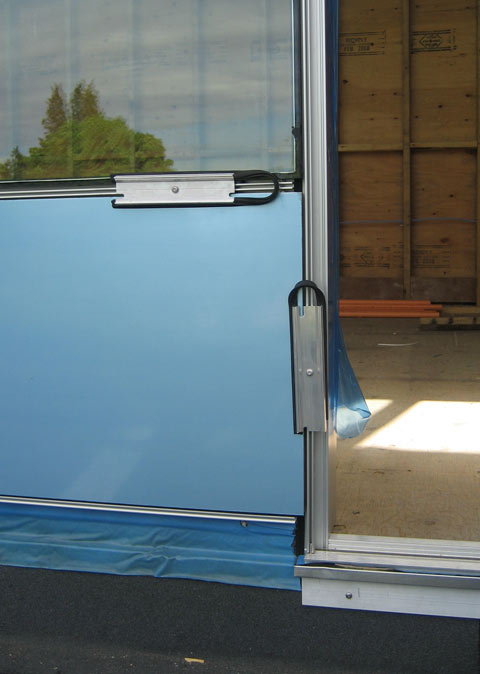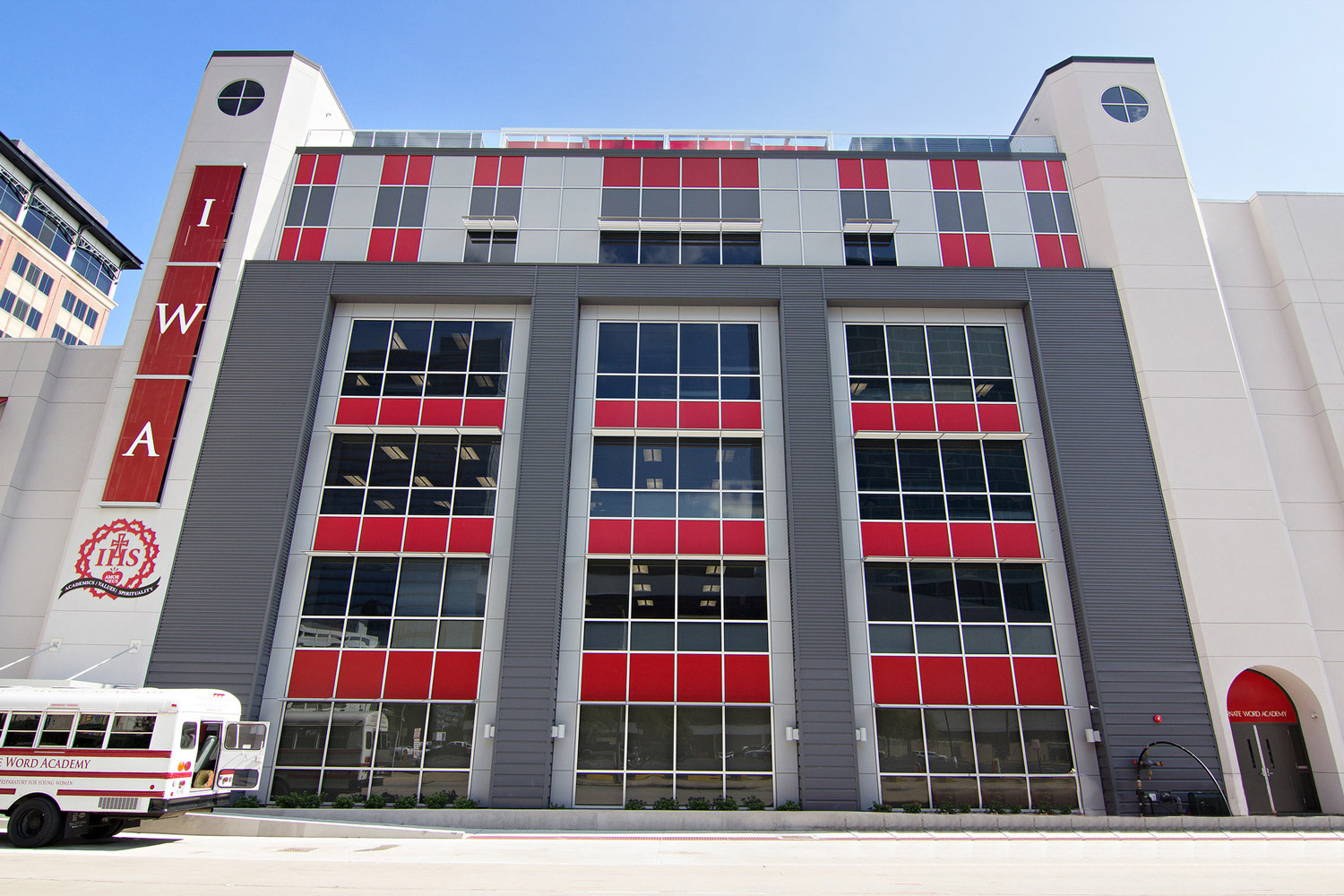Roof Spandrel Panels for Beginners
Table of ContentsSome Of Insulated Spandrel Panel DetailInsulated Spandrel Panel Detail for DummiesNot known Details About Opaque Spandrel Panels
Water-managed systems appear comparable initially look, integrating drains and weeps from the glazing pocket, but no effort is made to produce an air barrier or "zone-glaze" each glass or spandrel system, and for that reason a bigger quantity of water is required into the system and should be weeped away. Also, given that no air barrier exists, the pressure differential in between the glazing pocket and the interior might be strong enough to require water vertically greater than interior gaskets, leading to leaks.Weeping of water is only a secondary function. Keep in mind that the most convenient way to acknowledge a pressure-equalized rain screen system is yo note that the that glazing pocket around each private unit of glass is separated air tight from surrounding systems, many certainly with plugs or seals at the gaps in between screw splines at mullion crossways.
Some aluminum drape wall systems are still developed as face-sealed barrier walls. They depend upon constant and ideal seals between the glass systems and the frame and between all frame members to carry out. The long-term dependability of such seals is incredibly suspect and such systems must be prevented. General curtain wall thermal performance is a function of the glazing infill panel, the frame, building behind opaque (spandrel and column cover) locations, and the border information.

g. avoid debridging or "t-in-a box"). A true thermal break is" thick minimum and can be as much as 1" or more, with the polyester strengthened nylon variety. Some curtain wall systems incorporate separators that are less than ", making them "thermally improved". The much deeper thermal breaks can enhance thermal performance and condensation resistance of the system.
These systems often consist of gaskets that are put in between the pressure bar and mullions and function as thermal breaks and aid with acoustic seclusion. These systems require unique care in style and construction to ensure connection of the gaskets at horizontal and vertical shifts. Gaskets are also utilized to cushion the glass on the exterior and interior faces of the glass.
7 Simple Techniques For Insulated Metal Spandrel Panels
There is usually a space in the gasket at the corners after shrinking happens. With a properly created system the water that gets in the system at the gasket corners will weep out through the snap cover weep holes (nhbc spandrel panels). To reduce shrinkage of gaskets back from the corners making use of vulcanized corners and diagonally cut splices are advised.
Due to the lack of interior air surrounding to nontransparent drape wall areas, these locations go through broad swings in temperature and humidity and need mindful detailing of insulation and air/vapor barriers to decrease condensation. Some drape wall systems consist of condensation drainage arrangements, such as condensate seamless gutters, that are intended to gather and weep condensate from spandrel areas to the outside; such condensate seamless gutters and weeps are an infraction of the air barrier of the curtain wall unless they are outboard of the backpan.
At the drape wall boundary, keeping continuity of the air barrier reduces airflows around the drape wall - insulated spandrel panel. Integration of boundary flashings helps ensure watertight efficiency of the drape wall and its connection to nearby wall aspects. Appropriate positioning of insulation at the curtain wall perimeter lowers energy loss and prospective condensation concerns.
The spandrel location is normally not heated, hence the interior environment does not warm the mullions and offset the migration of the cold temperatures deep into the wall. In the vision location the interior heat assists to reduce the cold and prevents condensation. For this factor, do not insulate between the interior part of mullions and surrounding wall building either.

Water can enter the outside wall system by methods of 5 various forces: gravity, kinetic energy, air pressure distinction, surface area stress, and capillary action. To alleviate water seepage, all of these forces should be accounted for in the system style. Unlike discontinuous windows, which are smaller systems and can rely to read more a high degree on sill flashings to record frame corner leak, curtain walls cover large stretches of wall without sill flashings at each glazed opening.
Water tight frame corner construction and great glazing pocket drain are vital for trusted water penetration resistance. Key visual features of drape walls are glazing look (see Glazing) and sightlines. Sightlines are specified as the visual profile of the vertical and horizontal mullions. The sightlines are a function of both the width and depth of the drape wall frame.
What Does Insulated Spandrel Panel Detail Do?
Where narrow sightlines are desired, steel stiffeners placed into the hollow frame of aluminum extrusions can help in reducing frame depth. The acoustic performance of drape walls is primarily a function of the glazing and internal seals to stop air leakage (covered somewhere else). The sound attenuation capability of drape walls can be improved by setting up sound attenuating infill and by making construction as airtight as possible.


